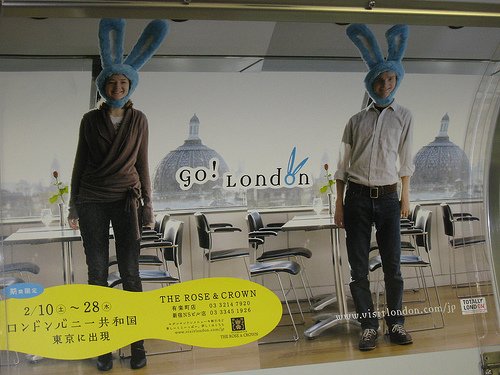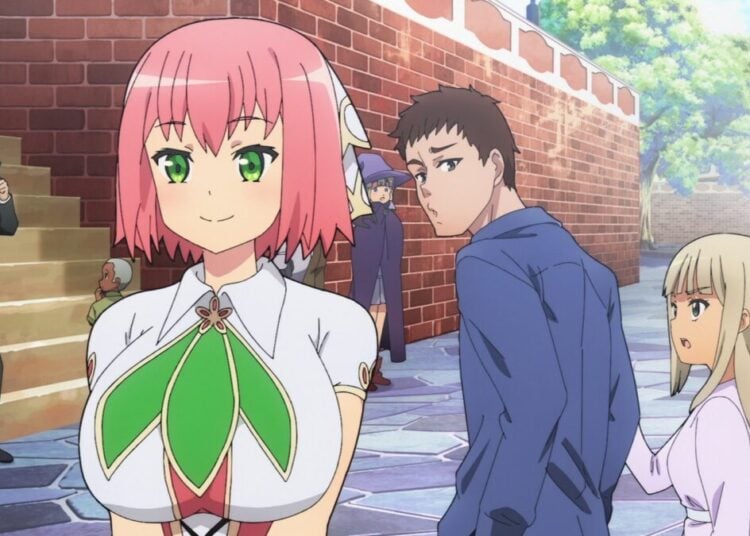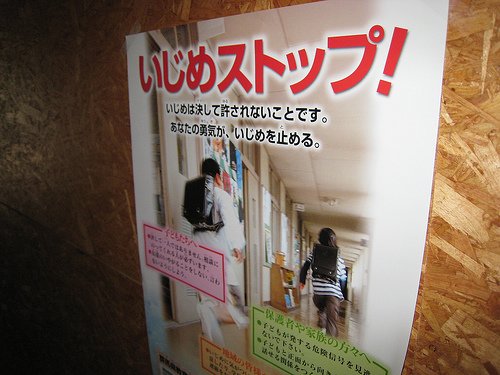One thing I like about living in Japan is the rail culture here, so very different from the freeway- and automobile-based transportation system of Southern California. Trains have crisscrossed Japan since the first tracks were laid down in 1872, and you can go just about anywhere you want by rail, either a speedy bullet train between major cities or convenient local train when taking shorter trips. While you still need a car to really get around out in the inaka (boonies) where we live, residents of larger cities like Tokyo can easily get along without owning a car, and considering that a monthly parking space can cost up to $500 per month, that’s probably a good thing. One of the most convenient train lines in Tokyo is the Yama-no-te loop line, which circles all of Tokyo and provides an easy way to get to most locations, as well as a fun drinking game for college students: get off at one stop, drink, get on the next train and go one station down, drink some more, repeat. There are plenty of advertisements in trains for various products, and every once in a while a company will buy every spot of advertising in a Yama-no-te train when it really wants to get its message across. The other day I got inside a train and was amazed to see pictures of Brits wearing cute plush rabbit ears, with the slogan “Go! London” everywhere, designed to make Japanese tourists think about taking a vacation there. I’m certain the advertising campaign succeeded in making Japanese feel all warm and fuzzy about Londoners.

One of the more interesting aspects of having bilingual kids is the conversations you can have with them about how they perceive their two languages. My kids grew up speaking Japanese primarily, but many trips to the U.S. and interaction with me kept their English skills up to speed. I like to ask them if they feel their personalities are different when switching from one language to the other, and seeing what insights they might have for me. The other day my son asked me what the difference between the words sutoraiku (strike, with a ‘ku’ sound on the end, ストライク) and sutoraiki (the same, this time with a ‘ki’ on the end, ストライキ) was. Japanese is quite impoverished phonetically, with just five vowels compared to the twelve vowel sounds we produce in English — for example, the schwa or the unique way a New Yorker pronounces the first syllable of “coffee” — and they sometimes split English words into chunks that are easier for them to digest. The words strike with a ‘ku’ sound on the end is the term Japanese use for a strike in baseball or bowling, but the word with a ‘ki’ on the end is a labor dispute, two very different concepts in the minds of the Japanese. Some other split words include mishin (a sewing machine) vs. mashin (any machine, mecha or robot); bureiki (what stops your car) vs. bureiku (what you take when you’re tired); and one that I invariably mess up, garasu (glass, what your windows are made of) and gurasu (a glass that you drink out of).
Socially, Japan is a different place from the West, and human relationships often have more formality than they might in the States. Therefore it takes time to really get to know a Japanese person, and it’s not uncommon to keep on discovering things along the way, even years later. One interesting aspect of Japanese relationships that pops up from time to time is kakushi-gei (ka-ku-shee-GEI、隠し芸), the “secret talent” that people will hide from everyone else, only to pull out suddenly for dramatic effect. Jun is the J-List employee who brings you delicious snacks and “wacky things from Japan.” When he first started working here we took everyone out for Indian food to welcome him, and he showed us his secret talent of being able to eat curry and rice deftly with his hands like they do in India, a skill he’d picked up while traveling the Silk Road. Once I took DVD and Japan iTunes-card meister Tomo out to dinner at a Japanese curry restaurant but realized I didn’t have enough money to cover his meal, so he ordered the 1300 gram Super Curry Plate, which you get free if you can eat three pounds of rice and curry within 20 minutes — he did it with time to spare. Other J-List staff members have secret abilities, too, like Yasu, who can do a great Eddie Murphy impression in Japanese; super-packer Saori, who possesses vast knowledge of American punk bands; and our newest employee Asami, proficient in Brazilian martial arts.
Are you ready for White Day, on March 14th? This is the day when men who received a gift of chocolate on Valentine’s Day give some sort of return gift — okaeshi in Japanese — to the wives, girlfriends, daughters and female co-workers who gave them something. It’s pure marketing fluff, of course, but kind of fun, and companies are happy to take advantage of the event by thinking of ways to sell products. Even Apple gets into the spirit of White Day their Japan store page, by suggesting that men buy engraved iPods for their better halves as a way of saying “Thanks for the chocolate!”
We’ve got a big announcement for you all today, with the return of our Domo-kun T-shirts and hoodies to the site. As you probably know, Domo-kun is the incredibly cute official spokesmonster for NHK, Japan’s public broadcast system (the initials stand for Nippon Hoso Kyokai in case it ever comes up in casual conversation). We’ve got our classic Domo-kun men’s T-shirt, our stylish Fitted Tee for girls, and a super item for those in cold parts of the world, our super-warm Domo-kun hooded sweatshirt. Check out the great new Domo-kun items on the site now!















